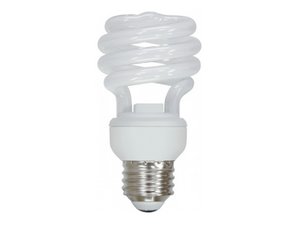How do you easily tell if a CFL bulb is bad?
In incandescent bulbs, you can shake the bulb or look at the filament to tell if a bulb is dead without having to put it in a socket. With a CFL, is there any way to tell if a bulb is bad without plugging it into a socket and trying it out?
Es esta una buena pregunta?


 52
52  35
35  165
165 


